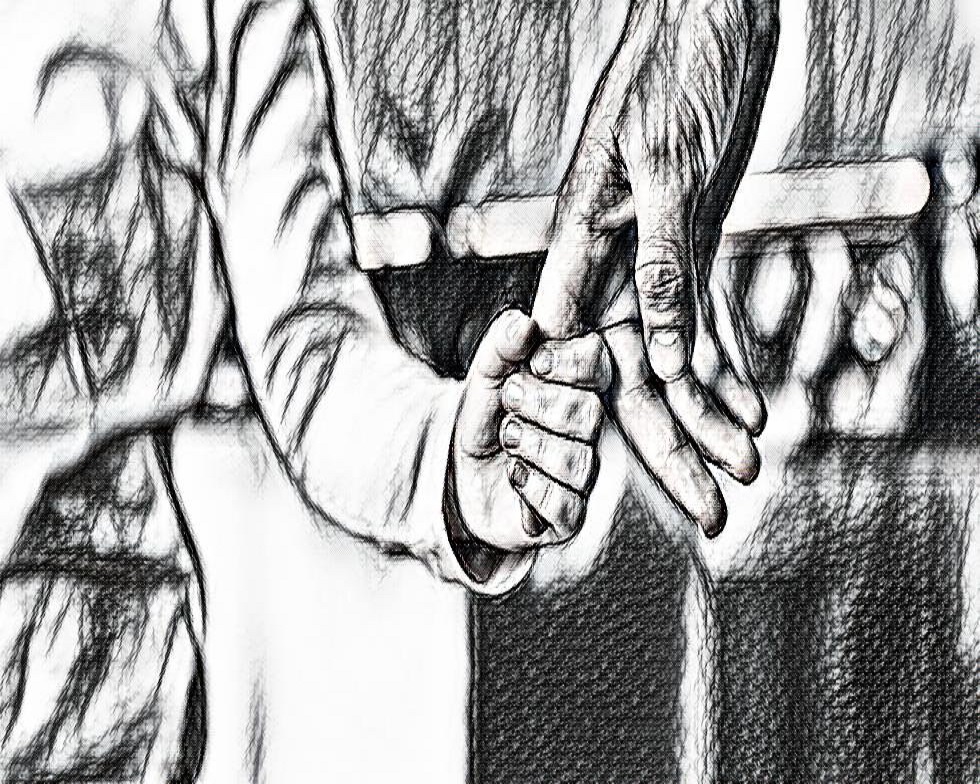Childhood Experiences

We Are Biological Machines
Programmed By Our Caregivers

Core Subject 3
Childhood Experiences

The MAPP recognizes our childhood experiences with our primary caregivers as the cradle of our personality. More precisely, for each of the 7 attachment dimensions, a specific caregiving feature (i.e. a characteristic of our caregiver) is identified as inducing that dimension.
The 4 videos of this section illustrate through powerful vignettes common situations from which our personality originates.
The Frightening Caregiver
The attachment experience with a frightening caregiver induces disorganization (1st attachment/personality dimension). Many are the possible concrete interactions that can substantiate a disorganized relationship. This video represents a few of them through animated parent-child vignettes in their daily life.
The Insensitive Caregiver
The attachment experience with an insensitive caregiver induces avoidance (2nd attachment/personality dimension). Many are the possible concrete interactions that can substantiate an avoidant relationship. This video represents a few of them through animated parent-child vignettes in their daily life.
The Unresponsive Caregiver
The attachment experience with an unresponsive caregiver induces ambivalence (3rd attachment/personality dimension). Many are the possible concrete interactions that can substantiate an ambivalent relationship. This video represents a few of them through animated parent-child vignettes in their daily life.
The Limiting, Unreachable, Defining, and Obsessive Caregivers
The attachment experience with a limiting caregiver induces phobicity (4th attachment/personality dimension).
The attachment experience with an unreachable caregiver induces depressivity (5th attachment/personality dimension).
The attachment experience with a defining caregiver induces somaticity (6th attachment/personality dimension).
The attachment experience with a judgmental/blaming caregiver induces obsessivity (7th attachment/personality dimension).
Many are the possible concrete interactions that can substantiate a phobic, depressive, somatic, or obsessive relationship. This video represents a few of them through animated parent-child vignettes in their daily life.
F.A.Q.
Childhood Experiences
No, we shouldn’t. What we do entails consequences, and sometimes our actions cause others’ suffering. We should be aware of that and take responsibility for our actions. Our parents can – to some extent – be responsible for our suffering. There is no doubt about that. Such an extent can also be the greatest. But is blaming beneficial to us or anybody else? While being angry can be entirely comprehensible, elaboration is needed to see beyond that.
Childhood is the foundation of our entire future. From a personality perspective, in the first years of life, we get imprinted the core beliefs that will set up our standpoint on the socio-psychological world. Our personality is forged in attachment relationships. And only in attachment relationships – such as those usually built with a partner or a psychotherapist – they can be re-forged. We are biological machines programmed by our caregivers (although always indirectly and normally unconsciously). But we can have an active role in our own re-programming.
Many are the possible causes of psychological discomfort, which can take multiple forms and intensities to the extent of great suffering. However, the most common problems – such as anxiety, mood, eating, and obsessive disorders – usually have an attachment/personality origin. Attachment experiences can make us particularly sensitive to specific areas of life and more inclined to suffer from corresponding issues.
A single traumatic experience can be the origin of a mental disorder, which is usually called PTSD (Post Traumatic Stress Disorder). This can occur at any age. However, in childhood, we are particularly vulnerable, and traumatic experiences are often cumulative, i.e. they tend to reoccur over time. Often, we can remember a single episode – a ‘model scene’ – that is the most vivid event of multiple similar ones.
A painful childhood is usually accompanied by negative attachment experiences, which lay the basis of a corresponding vulnerable personality. This background makes us particularly sensitive to the aspects of life involved in our negative experiences and inclined to suffer from related forms of discomfort. The best thing to do is starting a process of real change, which brings about a new way to see and relate to such aspects of life.
